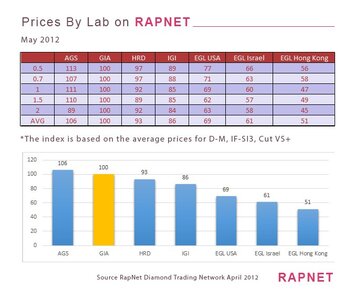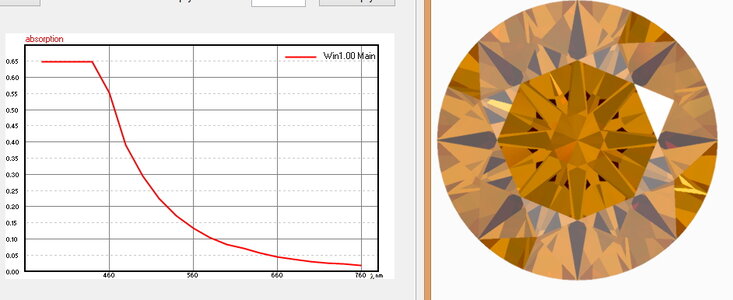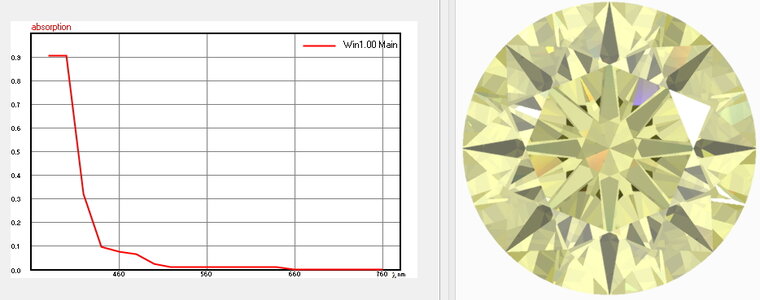Just wanted to share the gradings given on a few super ideal stones I've been offered. Obviously it's a very small sample size but has given me pause for thought.
1.24ct, Round brilliant Ideal cut diamond.
GIA- I in colour VS1 in clarity
AGS- H in colour VS1 in clarity
Gcal- H in colour VS1 in clarity
1.07ct, Round brilliant Ideal cut diamond.
GIA- G in colour VVS2 in clarity
AGS- F in colour VS1 in clarity
Gcal- G in colour VS1 in clarity
1.19ct Round brilliant Ideal cut diamond
GIA- E in colour VS2 in clarity
AGS- E in colour VS2 in clarity
Gcal- E in colour VS2 in clarity
1.24ct, Round brilliant Ideal cut diamond.
GIA- I in colour VS1 in clarity
AGS- H in colour VS1 in clarity
Gcal- H in colour VS1 in clarity
1.07ct, Round brilliant Ideal cut diamond.
GIA- G in colour VVS2 in clarity
AGS- F in colour VS1 in clarity
Gcal- G in colour VS1 in clarity
1.19ct Round brilliant Ideal cut diamond
GIA- E in colour VS2 in clarity
AGS- E in colour VS2 in clarity
Gcal- E in colour VS2 in clarity











300x240.png)